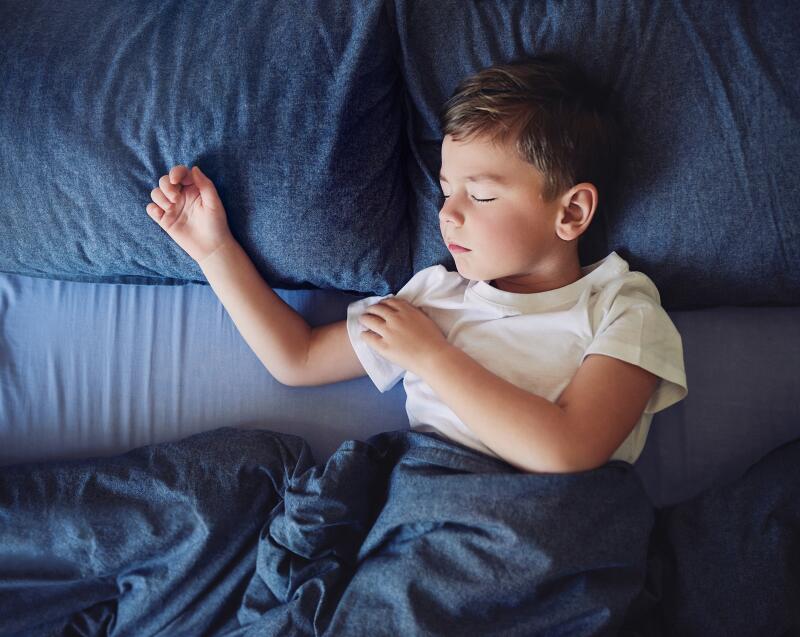-
Your concerns
Our articles to help you gain a better understanding
-
Our solutions
-
Ducray Dermatological laboratories

Childhood eczema is very common and affects about 1 in 5 children . Childhood eczema has an impact on the whole family and leads to the implementation of daily cleansing and care measures.

Summary
Childhood eczema is mainly atopic eczema, also known as atopic dermatitis. It is a constitutional
marked by an alteration of the skin barrier. The skin becomes a real sieve and lets most environmental allergens through, resulting in red, rough, itchy plaques. Children's skin is often very dry and uncomfortable even in the absence of eczema flare-ups.
Childhood atopic dermatitis is sometimes accompanied by contact eczema, when a child develops a skin allergy to a particular substance.
Atopic eczema appears in the first few months of life. Baby's eczema concerns the bulging areas of the face and body (cheeks, stomach, outer sides of the limbs, etc.) while childhood eczema after the age of 2 years mainly affects the skin folds. On the body, eczema is located on the elbows, knees, wrists, ankles, etc. Facial eczema in children is also a skin fold eczema: eyelids, neck, ears, lips, etc.
Childhood atopic dermatitis can also manifest itself as eczema on the child's hand, which increases daily discomfort.
The locations of contact eczema vary depending on the allergen involved. Nickel allergy can thus develop from childhood and lead to eczema plaques on the stomach (buttons, zippers, belt buckles, etc.) or ears (wearing fancy earrings, etc.).
Eczema during childhood can develop in different ways. Most of the time, it disappears after a few years without leaving any trace. It can persist into adolescence and adulthood, or reappear after several years of lull.
Some children with eczema will develop other atopic manifestations: asthma, allergic rhinitis or "hay fever", allergic conjunctivitis, etc.
In all cases: it is impossible to predict in advance what will happen to a particular child. The management of eczema must remain the priority.
Most frequently, the diagnosis of eczema is made in childhood or early childhood. Creams for childhood eczema are either cortisone creams to be applied to red plaques or emollients to be applied to dry skin.
See a physician once or twice a year to review childhood eczema and to renew or adapt treatments.
Childhood dermatitis is often a constitutional eczema, i.e. hereditary. Most parents of atopic children have already had eczema or other atopic manifestations, but that doesn't make everyday life any easier! Here are a few tips: